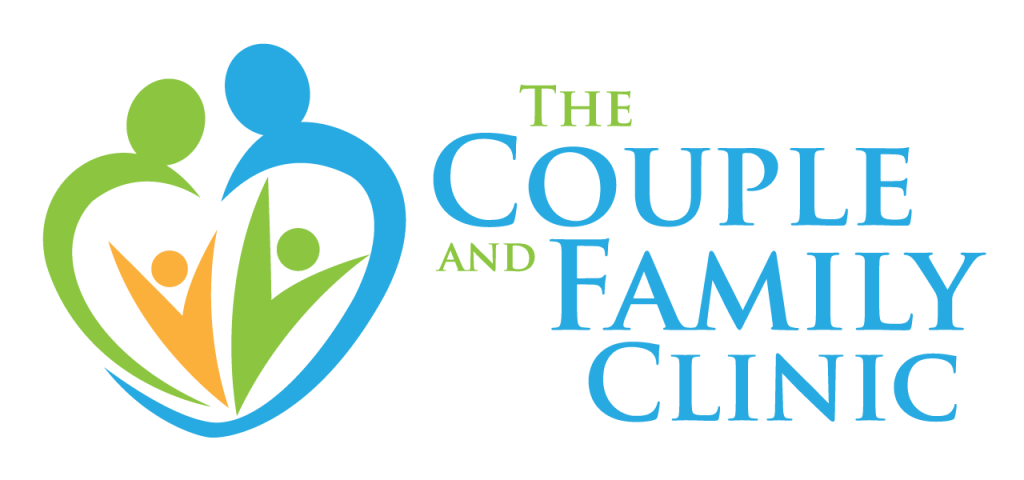What Are You Choosing to Look For?
Many of us have compared the quarantine experience to the movie Groundhog Day. In the film, the main character, played by Bill Murray, wakes up each morning only to relive the same day—February 2. At first, he feels trapped in his circumstance, but eventually he accepts it and decides to learn from each day until, finally, he uses his experiences to shift from cynicism to wholeheartedness.
Just as Bill Murray’s character was not powerless to the repetition of his daily life, we too have the ability to choose and to create the life we want. It’s about what we choose to look for. If we choose to look for the problems of our current situation, we are certain to find them. On the other hand, if we choose to look for solutions, we will find them as well.
Using the “Three Rules” of Solution-Focused Therapy, we can indeed look for what’s working and what’s not.
- If something is not broken, don’t fix it.
- If something is not working, do something different.
- If something is working, do more of it.
If Something Is Not Broken, Don’t Fix It.
The first rule allows us to narrow our focus to only those aspects of life that are presenting a problem for us right now. If aspects of life are not being affected by the quarantine, or are being minimally affected, let’s take that as a win and shift our focus only to that which is presenting a problem. An example might be your morning routine. If it continues to serve you—even if it no longer concludes with your commute to work but a short walk to your new at-home office space—keep doing it.

If Something Is Not Working, Do Something Different.
This simple idea is surprisingly complex. As human beings, we tend to get really into our patterns of behavior and approach solutions with the same thinking that created the problems. Fortunately, this same tendency toward habit and routine can be used to our advantage when we choose to shift our behavior to be more in line with our values. An example might be your evening routine. If the lack of structure isn’t serving you—even if it’s tempting to stay up and sleep in later and later—consider implementing a general timeline in which you go to bed no later than midnight and wake up no later than 9 o’clock in the morning. Some nights you might be ready for bed at 11 o’clock and get up at 7am. Some mornings you might set the alarm clock for 8am, knowing you got to bed later.

The Centers for Disease Prevention and Control recommends we all pay attention to our sleep patterns during this time—a diligence they refer to as “sleep hygiene.” [1] If you are looking to do something different with your sleep habits, the American Academy of Sleep Medicine recommends:[2]
- Keep a consistent sleep schedule. Get up at the same time every day, even on weekends or during vacations.
- Set a bedtime that is early enough for you to get at least 7 hours of sleep.
- Don’t go to bed unless you are sleepy.
- If you don’t fall asleep after 20 minutes, get out of bed.
- Establish a relaxing bedtime routine.
- Use your bed only for sleep and sex.
- Make your bedroom quiet and relaxing. Keep the room at a comfortable, cool temperature.
- Limit exposure to bright light in the evenings.
- Turn off electronic devices at least 30 minutes before bedtime.
- Don’t eat a large meal before bedtime. If you are hungry at night, eat a light, healthy snack.
- Exercise regularly and maintain a healthy diet.
- Avoid consuming caffeine in the late afternoon or evening.
- Avoid consuming alcohol before bedtime.
- Reduce your fluid intake before bedtime.
[1] https://www.cdc.gov/sleep/about_sleep/sleep_hygiene.html
[2] http://sleepeducation.org/essentials-in-sleep/healthy-sleep-habits
If Something Is Working, Do More of It.
Again, while this seems like a “Captain Obvious” statement, it is an important reminder. Often in times of stress, like now, our minds tend to gravitate toward differences and sources of stress—things that aren’t working. And that is true for everyone; our minds like to look for problems so that they have something to solve. What distinguishes some people is their ability to also turn their thoughts toward what is working. This habit of noticing can be cultivated through practice, similar to how a regular reflection on gratitude can begin to change one’s outlook. An example might be taking a break to eat a meal. During a typical work week, many of us eat lunch at our desks or on the go. When working from home, it isn’t so inconvenient to break for lunch. Mindful eating is a practice that might feel more within your grasp now that things have slowed down a bit.

Harvard Medical School consulted the U.S. Department of Agriculture and found that of the 2 ½ hours each day that we spend eating, over half of that time we are also doing something else: working, driving, reading, on our phone, etc.[1]
- Begin with your shopping list. Consider the health value of every item you add to your list and stick to it to avoid impulse buying when you’re shopping. Fill most of your cart in the produce section and avoid the center aisles—which are heavy with processed foods—and the chips and candy at the check-out counter.
- Come to the table with an appetite— but not when ravenously hungry. If you skip meals, you may be so eager to get anything in your stomach that your first priority is filling the void instead of enjoying your food.
- Start with a small portion. It may be helpful to limit the size of your plate to nine inches or less.
- Appreciate your food. Pause for a minute or two before you begin eating to contemplate everything and everyone it took to bring the meal to your table. Silently express your gratitude for the opportunity to enjoy delicious food and the companions you’re enjoying it with.
- Bring all your senses to the meal. When you’re cooking, serving, and eating your food, be attentive to color, texture, aroma, and even the sounds different foods make as you prepare them. As you chew your food, try identifying all the ingredients, especially seasonings.
- Take small bites. It’s easier to taste food completely when your mouth isn’t full. Put down your utensil between bites.
- Chew thoroughly. Chew well until you can taste the essence of the food. (You may have to chew each mouthful 20 to 40 times, depending on the food.) You may be surprised at all the flavors that are released.
- Eat slowly. If you follow the advice above, you won’t bolt your food down. Devote at least five minutes to mindful eating before you chat with your tablemates.
The Centers for Disease Control and Prevention recognize that the COVID-19 pandemic can be stressful and I think most of us would agree. While stress looks different to you and to me, there are some tried-and-true strategies for managing stress during this time, before it becomes overwhelming. The CDC recommends:[2]
- Take breaks from watching, reading, or listening to news stories, including social media. Hearing about the pandemic repeatedly can be upsetting.
- Take care of your body. Take deep breaths, stretch, or meditate. Try to eat healthy, well-balanced meals, exercise regularly, get plenty of sleep, and avoid alcohol and drugs.
- Make time to unwind. Try to do some other activities you enjoy.
- Connect with others. Talk with people you trust about your concerns and how you are feeling.
I’m going to tell it to you straight: you are the smartest person you know. Yes, even in times of frequent change and uncertainty; you are still the smartest person you know. Consider the three rules shared here and give them some thought for you and your life. What’s not working? Do something different. What is working? Do more of it. Adapting to this “new normal” doesn’t have to mean reinventing your daily life. We can choose to see problems and we can choose to see solutions; either way, we have the choice.
[1] https://www.health.harvard.edu/staying-healthy/8-steps-to-mindful-eating
[2] https://www.cdc.gov/coronavirus/2019-ncov/prepare/managing-stress-anxiety.html



